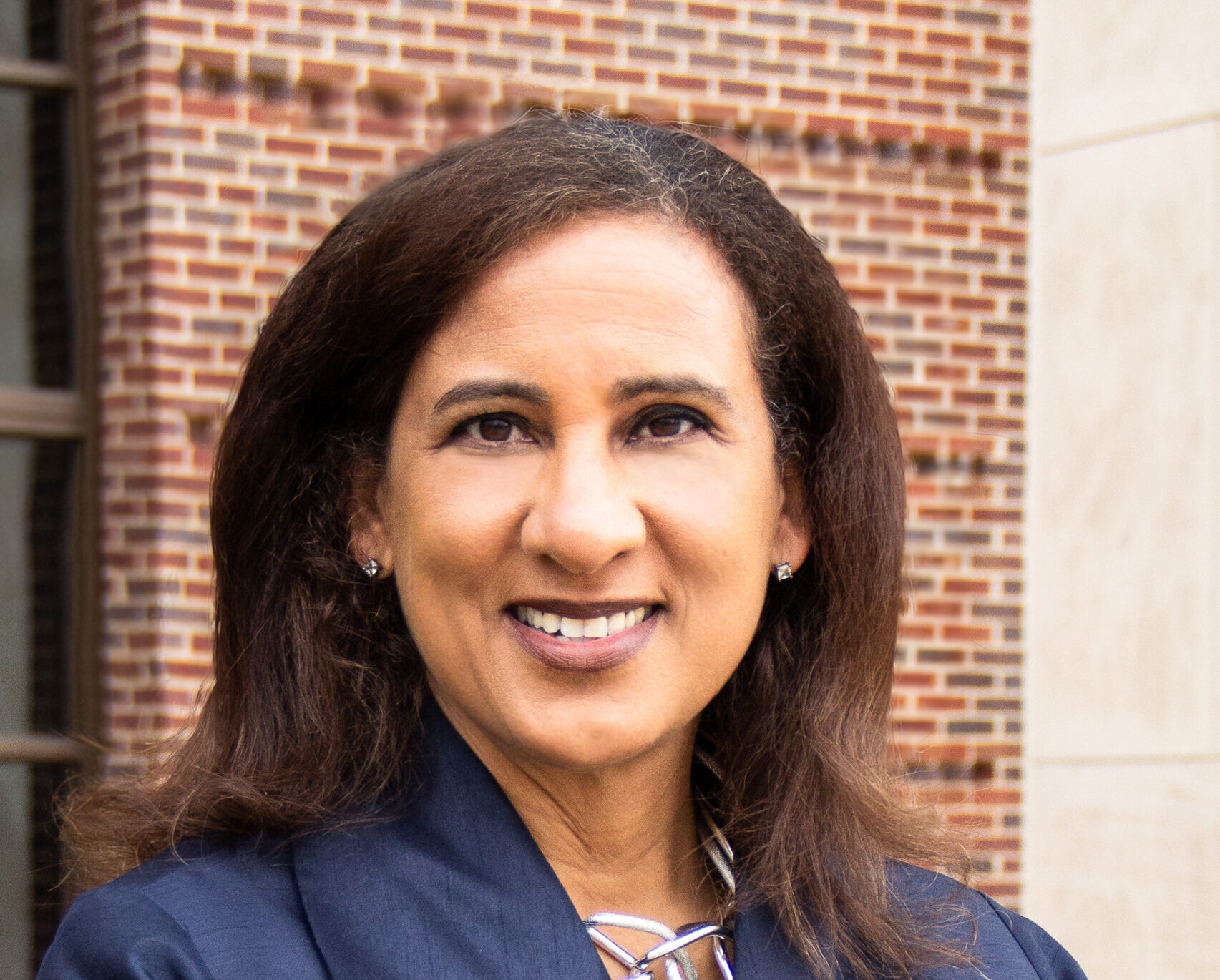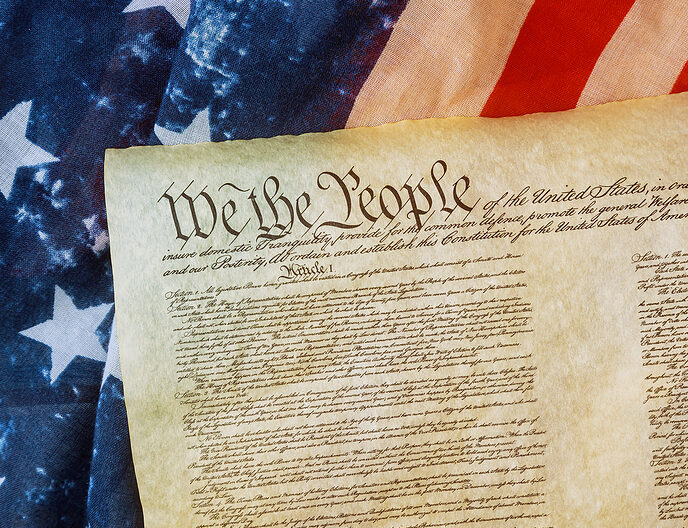The U.S. Constitution is one of our nation’s most important documents, laying the foundation for the greatest democratic experiment in history – putting power in the hands of the American people.
The Constitution’s opening words – “We the People” – captured the drafters’ intent at the outset that American democracy should be a government of, by and for the people. And the very first article of the Constitution focuses on Congress, created to serve as the people’s direct voice.
While the Constitution’s drafters in 1787 most certainly didn’t know what 2025, or even 1925 or 1825, would hold, they knew that a pluralistic democracy would likely face factionalism, disunity, and power grabs. So they provided structures capable of addressing the challenges American democracy would face in the years ahead as they defined a system of government and public life.
As we celebrate Constitution Day in this time of rising polarization and national disunity, Americans and their leaders should re-embrace the Constitution as a vehicle to unify our democratic nation. It all begins with ‘We the People.’
The Constitution’s drafters recognized that the American experiment needed ethical, democratic leadership and an engaged citizenry to work. It would look very different from monarchies and autocracies, in which a single source controls most of the power, disconnected from the entirety of the population. As James Madison noted in Federalist Paper 57, our nation needs leaders who “possess most wisdom to discern, and most virtue to pursue, the common good of the society.”
So tremendous authority was vested in the Congress, made up of the directly elected representatives of the American people. Codified in the first article, Congress holds the powers of the purse, declaration of war, and impeachment and removal of executive and judicial officials, including the president of the United States.
Congress’ leadership was designed to work collaboratively and to provide needed oversight, and that’s particularly needed today when our nation is significantly divided.
Drafters of the Constitution intended that Congress model compromise so that it could negotiate public solutions that serve the American people, check power in the other branches, and establish the common good. Building broad consensus across ideological lines creates more sustainable policies that benefit larger swaths of the electorate. Consensus also results in policies that aren’t easily undone or subject to extreme swings.
The Founders also recognized that people naturally organize – and, at times, fracture – along party or ideological lines. So they took steps to guard against the dangers of factions, as they called political interest groups at the time: They created voting structures, representational balance, and checks and balances to ensure that no movement or group could ever dominate the political landscape, particularly at the expense of other factions.
The Constitution intentionally “offers ways of compelling competition and negotiation among divergent factions and driving them toward common action,” constitutional expert Yuval Levin states.
Importantly, the drafters expected and accepted that there would always be a diversity of political views. The Constitution was designed not to squelch this diversity, but rather to build a unified governing system to accommodate, guide, and force effective compromise among pluralistic views.
“The Constitution was never intended to liquidate difference; it was designed to channel difference into the intergenerational project of self-government,” constitutional law scholar Justin Collings wrote.
Naturally, there were deep flaws, including the Constitution’s three-fifths compromise and the extension of rights to only a limited subset of people in the new nation. Many of these concerns were later addressed in the amendments, extending foundational liberties to all people. The Constitution and its amendments allow our government to pursue the protection of rights as one of the highest callings.
Americans have been gifted by our Founders with what we need to strengthen and maintain a robust democracy – framing documents anchored in democratic principles and governing institutions designed to check and balance power and serve the people.
But the hard work is now handed to the American people and leaders who must ensure that these institutions and documents live up to their full potential.
“Unity requires constant work toward negotiated common action across lines of difference. It isn’t a peaceful state of bliss, but a demanding way of life,” Levin stated. “And our political tradition and its institutions could teach us how to live it, if we let them.”
Our democracy needs dedicated, engaged, civically educated citizens and visionary democratic leaders. As we commemorate the signing of our Constitution 238 years ago, may we the people redouble our efforts to hold our leaders and institutions to the high ideals it captured.


